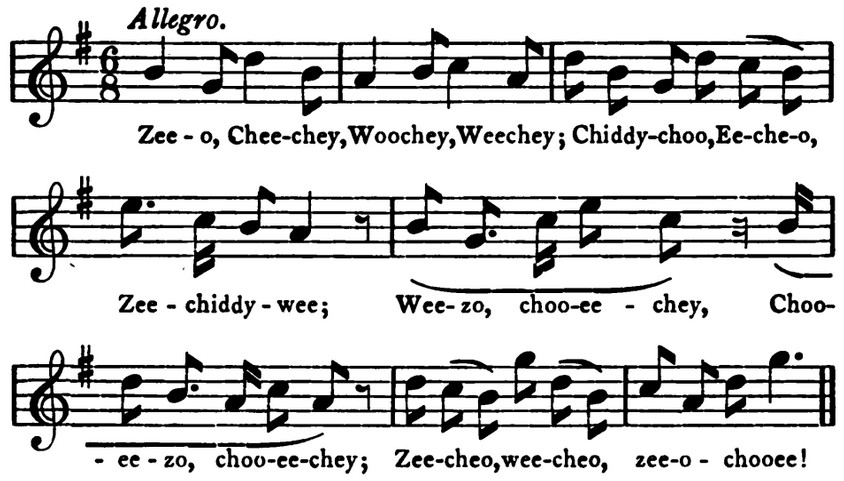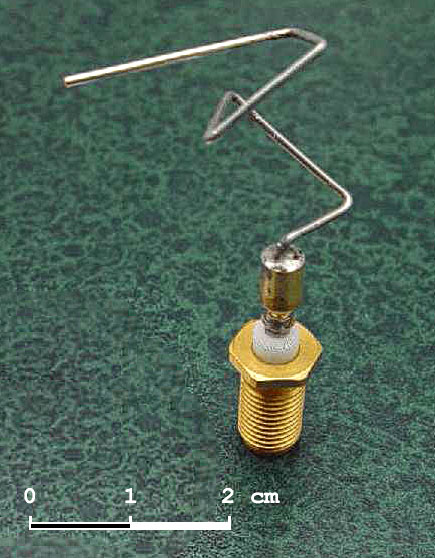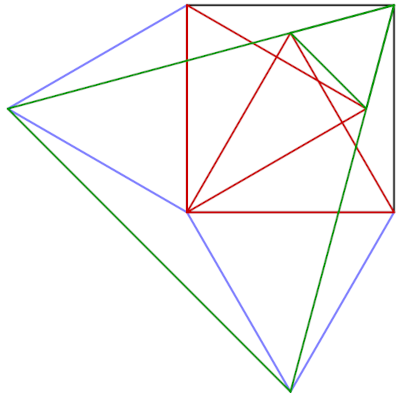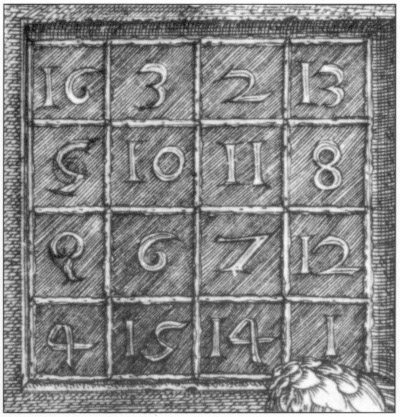Memorable excerpts from student geology examinations, from W.D. Ian Rolfe’s 1980 collection Geological Howlers:
- The average person does not have to dig a deep hole to remind himself of the past.
- Dust is mud with the juice squeezed out.
- Articulate brachiopods have teeth and socks.
- A skeleton is a man with his inside out and his outside off.
- There are three kinds of rocks, ingenious, sedentary and metaphoric.
- The term Caledonian Orogeny is brandished about by many people.
- Nine-eighths of an iceberg is beneath the sea.
- It has been found by a gentle man that organic remains can be converted to petroleum by the processes of metabolism.
- Sedimentation is a rather lengthy affair.
“A dinosaur is an extinct animal still found in Australia,” one student contended. “It was sometimes so large that its feet are found in the Precambrian and its head in the Silurian because it was too big to lie down where it died.”




